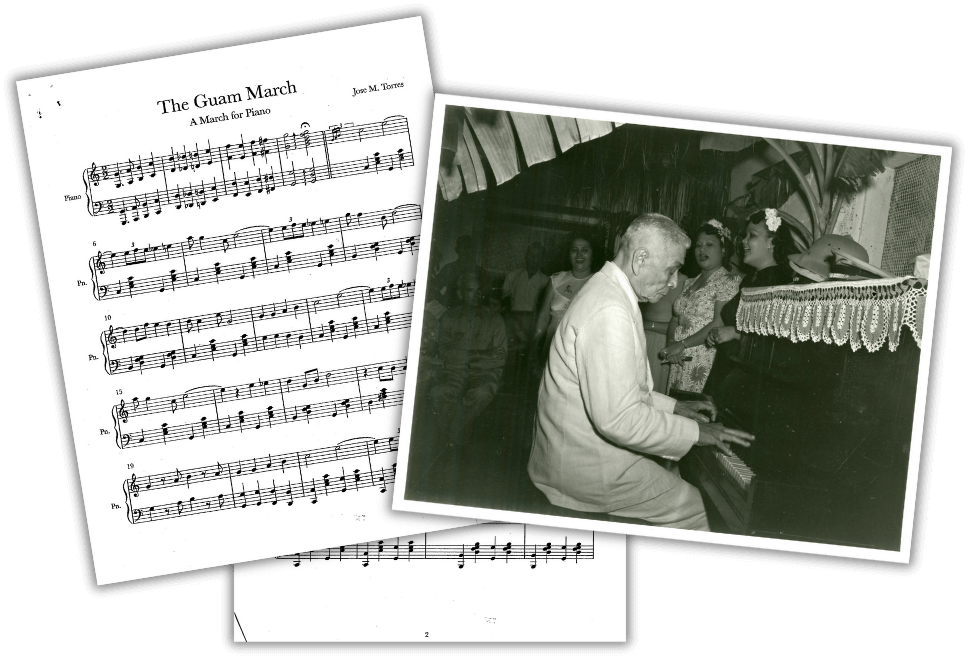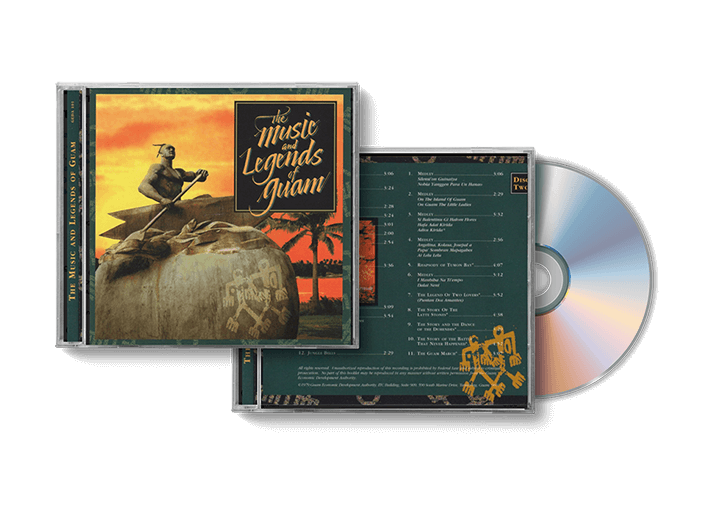About Us
Resources
Word Lists
Guam Place Names
CHamoru Archives
Genealogy Research Lab and Resources
Community Services
What's Happening?
Contact Us
Our Philosophy
Board Members Emplehao Siha
Employees I Seyon-Måmi
Our Logo Måpan Otganisasión
Organizational Chart Åkton Irensian CHamoru 2016
CHamoru Heritage Act 2016
Partnerships
Official Documents
Products
Projects
Symbols of Nationhood
Word Search App LISTAN ESPESIǺT
Specialized Lists DIKSIONÅRIU SIHA
Dictionaries
Scope of Authority MÅPAN ÅNTES SIHA
Historical Maps NÅ'AN I SENGSONG YAN OTRO LUGǺT SIHA
Village Names and Other Places with Traditional CHamoru Names NÅ'AN FINA'TÅNO' YAN MÅTAN HÅNOM
Geological Features FANHA'ANIYAN NÅ'AN LUGǺT
Calendar
Writings about the CHamoru Language TINIGE’ GI FINO’ CHAMORU
Writings in the CHamoru Language TINIGE’ PUT I MANAOTAO TÅNO’
Writings about CHamoru Culture and History FINATTA SIHA PUT CHAMORU
Multimedia Collections
Translations
Training on Guam CHamoru Orthography
Seal of Affirmation
Lifetime Achievement Awards
Board Meetings PARA PÅ'GO MO'NA
Current Events
Past Events
Contact Us
Hagåtña Restoration and Redevelopment Authority (HRRA) Bernice P. Bishop Museum
Dibisión Inestudion CHamoru yan Espesiǻt na Prugråma Siha
CHamoru Studies and Special Projects Division, Department of Education Dinanña’ Mamfáfa’na’gue
CHamoru Medium Education Consortium Dipåttamenton Kåohao Guinahan CHamoru yan i Inangokkon Inadahen Guåhan
Department of CHamoru Affairs and Guam Museum Eskuelan Maga’låhen Hurao
Maga’låhen Hurao CHamoru Academy Charter School GIHA
Guam Indigenous Heritage Alliance Håle’ Taotao Håya
CHamoru Roots Ináfa’maolek Ginen i Sengsong
Guam Mayors Council Inayudan i Manhoben
Summer Program Interns Kulehon Kumunidǻt Guåhan
Guam Community College Setbisión Bisitan Guåhan
Guam Visitors Bureau Umeyak CHamoru
LearingCHamoru.com Unibetsidǻt Guåhan
University of Guam US Geological Survey
Guam Hydrologic Survey
Public Laws
Executive Orders
Executive Proclamations
Legislative Resolutions
Publications
Learning Tools
Exhibits and Multimedia Collections
Annual Reports
Orthography Course
Word of the Day LINAKNGOS LINAKSE'
CHamoru Expert Interview Series NINA'FITMEN INEYAK CHAMORU
Teaching CHamoru Certification Program
Prayers, Novenas, and Songs
CHamoru Fluency and Proficiency Assessment Tools “Ti Atrasåsao” Kinalamten i Fino’-ta
“It’s Not Too Late” Revitalization Campaign
The Quest for Self-Determination CHAMORU KADA HA’ÅNI
CHamoru Everyday Interview Series HINENGGEN CHAMORU
Cultural Vignettes PUT I HISTORIAN CHAMORU
CHamoru Revisionist Historiography
CHamoru Cultural Dictionary Series BIÅHEN KIKO GI I ENGKANTǺO NA GIGIPU NA SÅKMAN
Kiko’s Adventure on the Magic Flying Proa I KÅNTAN HA’ÅNEN MANNÅ’I GRÅSIA
The Thanksgiving Day Song I MALINGU NA PÅTGON
The Lost Child Ineyak I Fino’ CHamoru Para Famagu’on
Children’s CHamoru Pictionary Series Tinanumi
The Story of Tinanumi Tiniroron Neni
CHamoru Nursery Rhyme Book Utugrafihan CHamoru, Guåhan
Guåhan CHamoru Orthography

-
Håfa GuåguahaWhat's Happening?
- INETNON I MANGGÉ’HELO’Board Meetings
- PARA PÅ'GO MO'NACurrent Events
ESTA MANMALOFFANPast Events
Chapter 1 § 416 of the Guam Code Annotated states that “the composition of music known as the Guam March, composed by Jose Martinez Torres, is designated the march of Guam.” Mr. Torres began composing his signature piece prior to World War II and completed it after the retaking of Guam by American forces following the Japanese Occupation. The uplifting notes in the march resounds with the hope and promise of a brighter future. It reflects the vitality and resilience of the CHamoru people who endured many atrocities, brutal treatment and untold hardships. Many survived to tell their story. The Guam March is an integral part of that story of survival.
Jose Martinez Torres was born in Guåhan on 20 October 1882 to Francisco Diaz de Torres and Joaquina Crisostomo Martinez. He married Maria Perez Calvo. They lived in Hagåtña. He was an accomplished businessman, civic leader in the early Naval Administration period, served as an island judge, and was active as a church leader. Tun Jose, as he was called, was recognized as a pillar of his community and a consummate gentleman. His generosity knew no limits. To those who knew him personally they attest to his love for music as his true passion. He played the piano for family and friends in the evenings as they gathered round his grand piano and sang songs in Spanish and CHamoru. His penchant for classical selections entertained visitors and family alike.
During the war, the Torres family took refuge at their ranch in Padu’. The Japanese had confiscated all his business holdings, home and property including his piano. His children recall how he would sit nostalgically in an old chair at the ranch for hours on end running his fingers over the keys of an imaginary piano as he dreamt of a new order in those dark days of the war. Tun Jose was able to complete his gift to the people of Guam before his death in May of 1950. He did not live to see his composition officially designated as Guam’s March.
Originally composed for piano, the Guam March has subsequently been performed by the Guam Territorial Band, the Guam Symphony Orchestra and the London Symphony Orchestra with a full array of instruments.
Picture and Score courtesy of Torres Family

